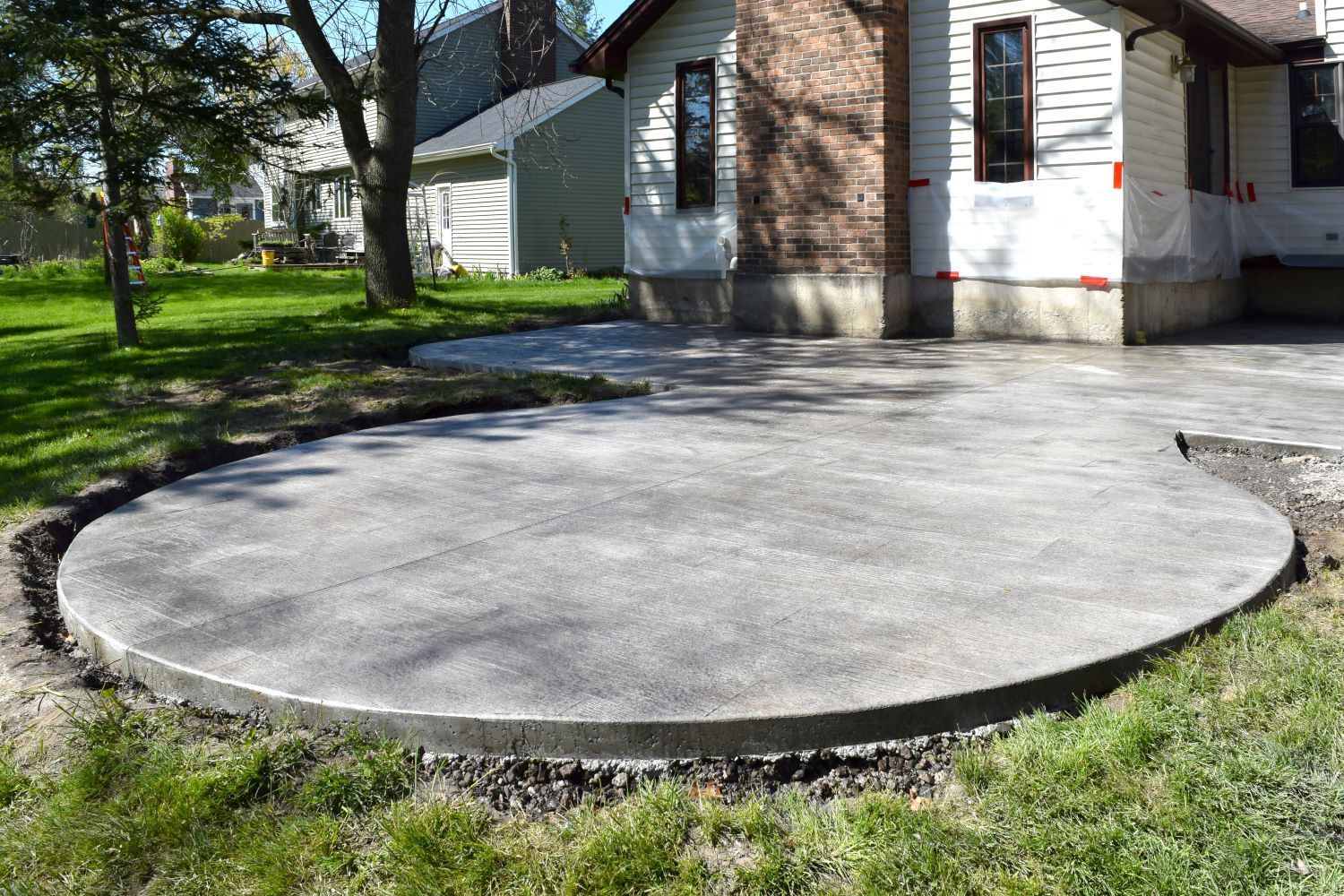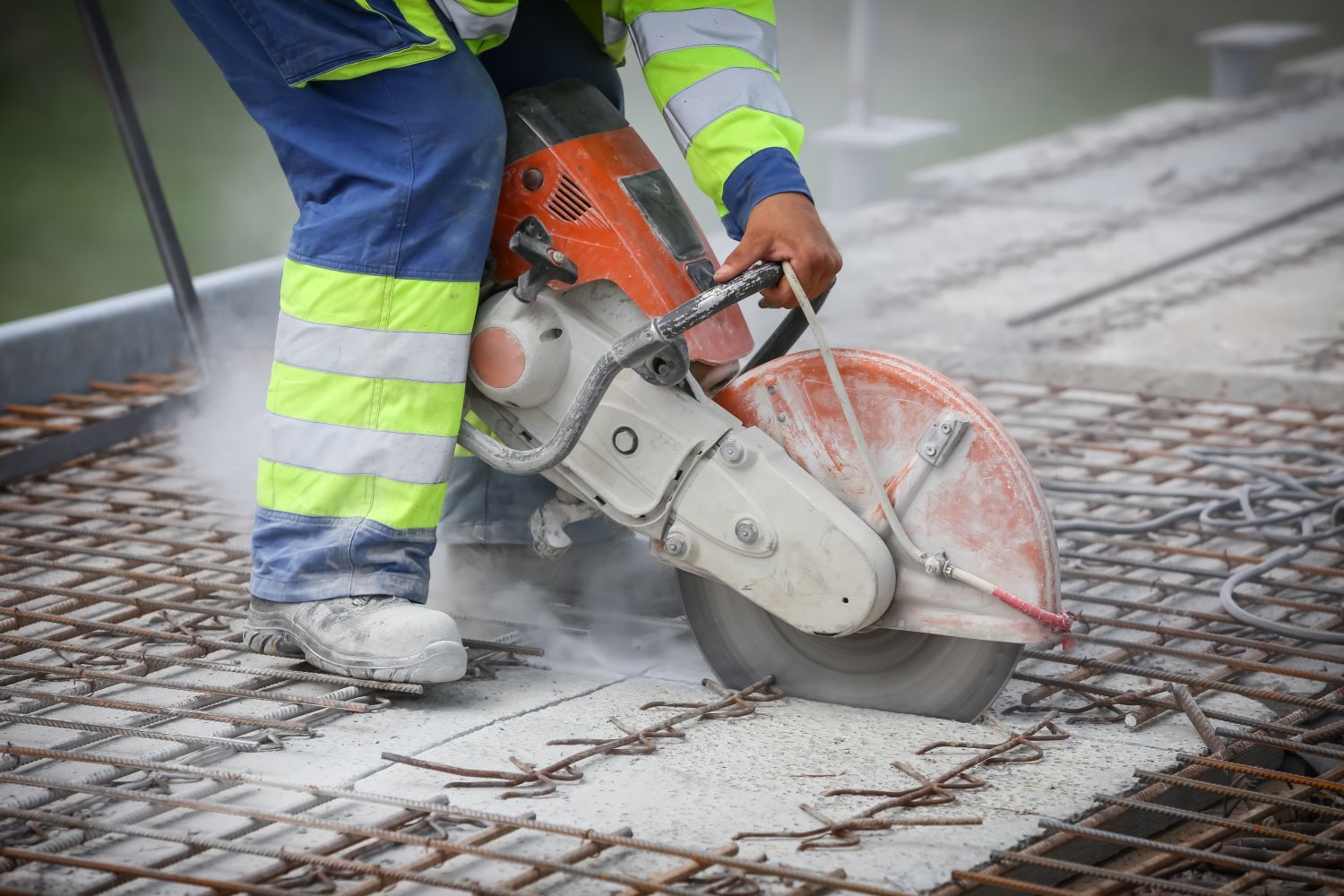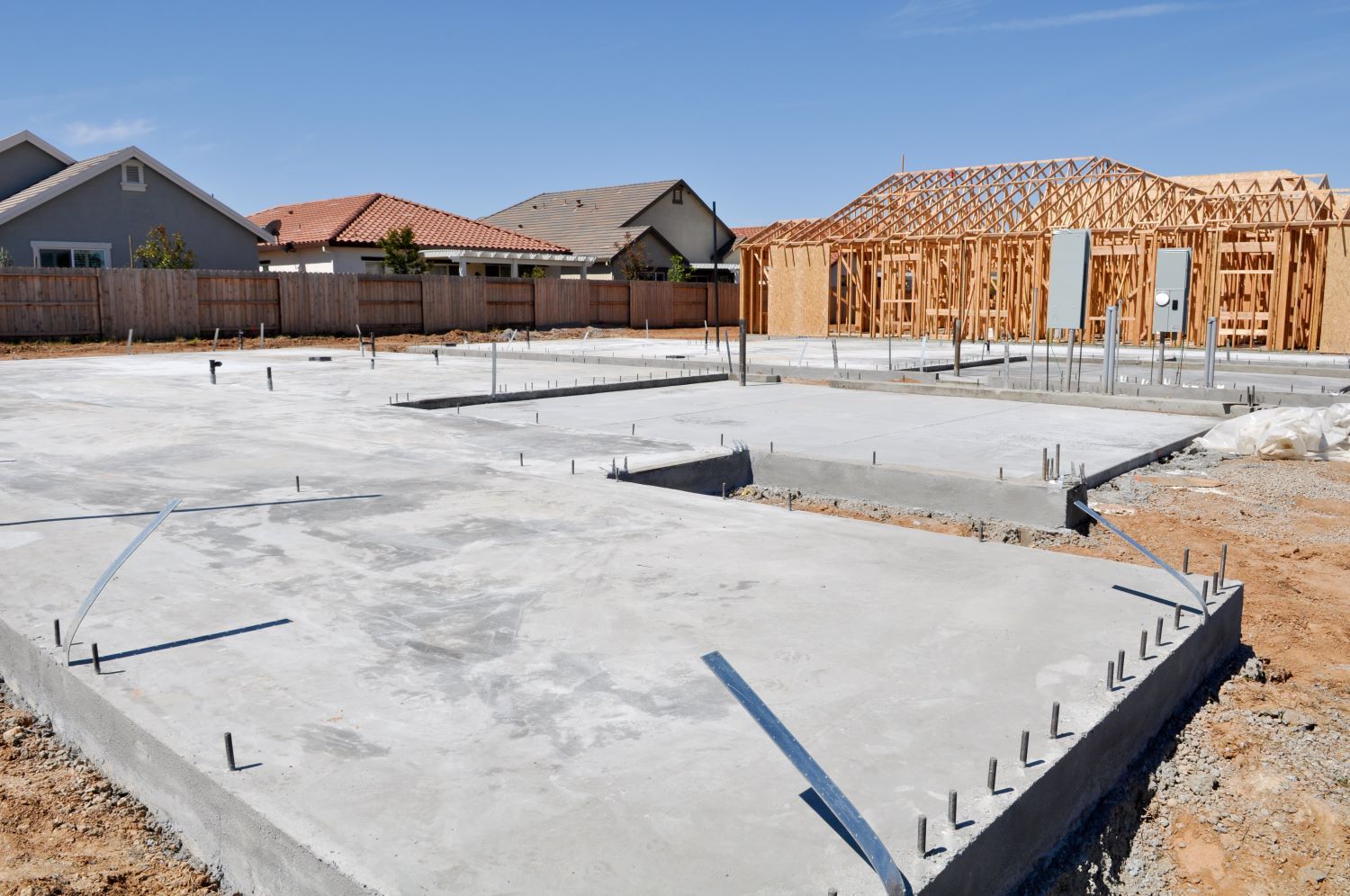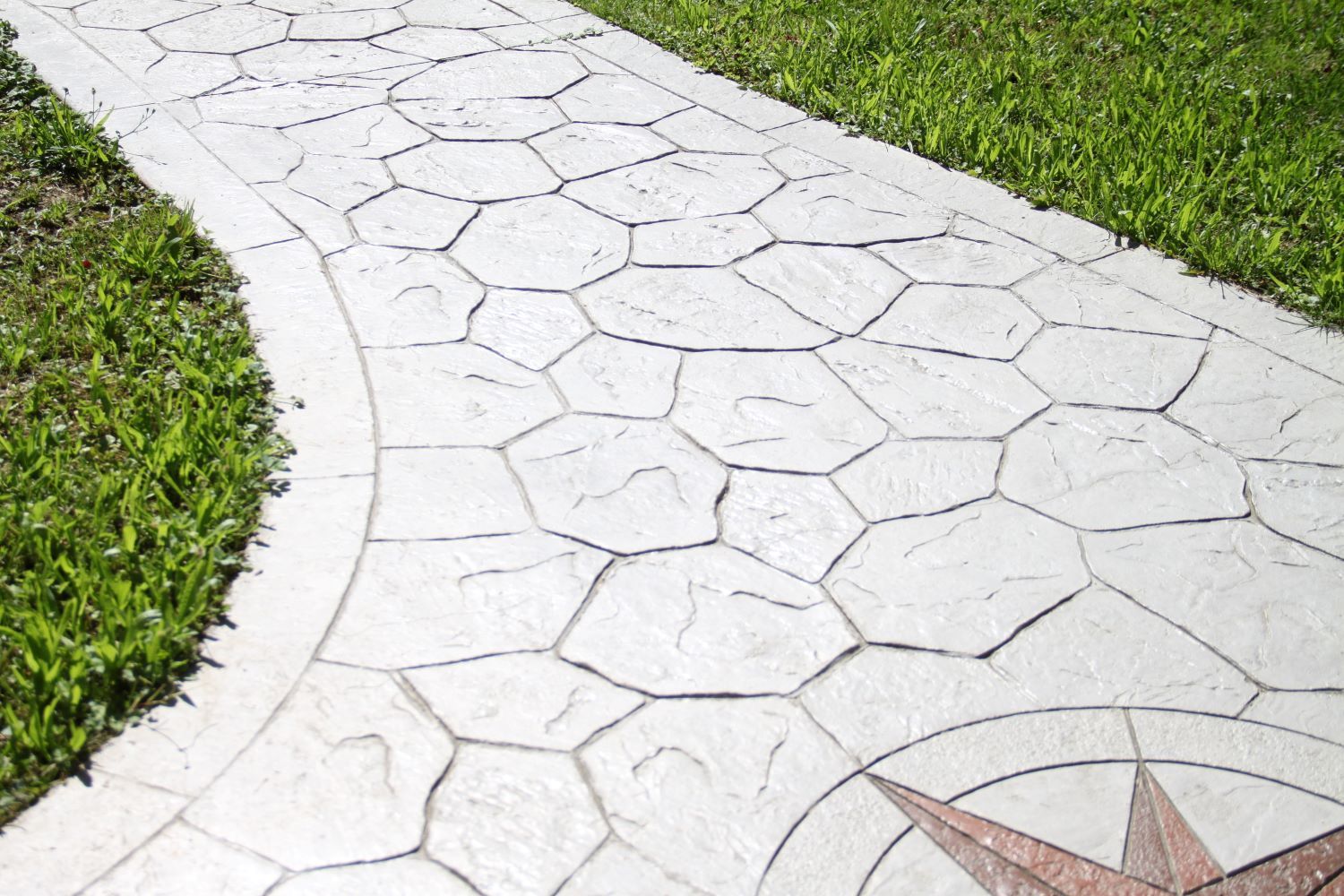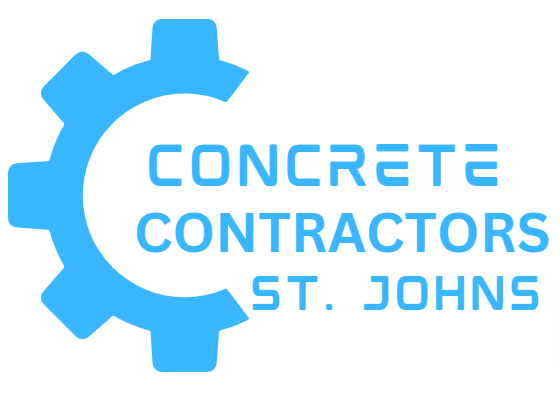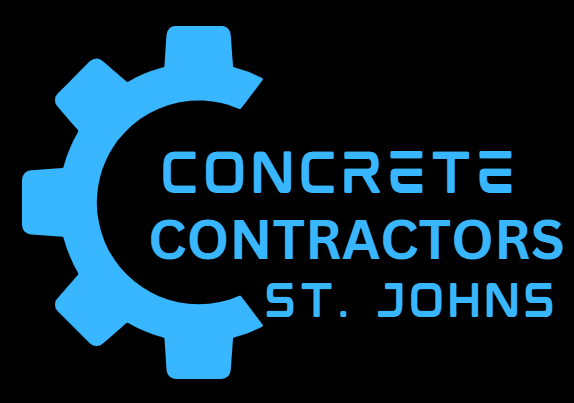Exploring the Three Types of Concrete
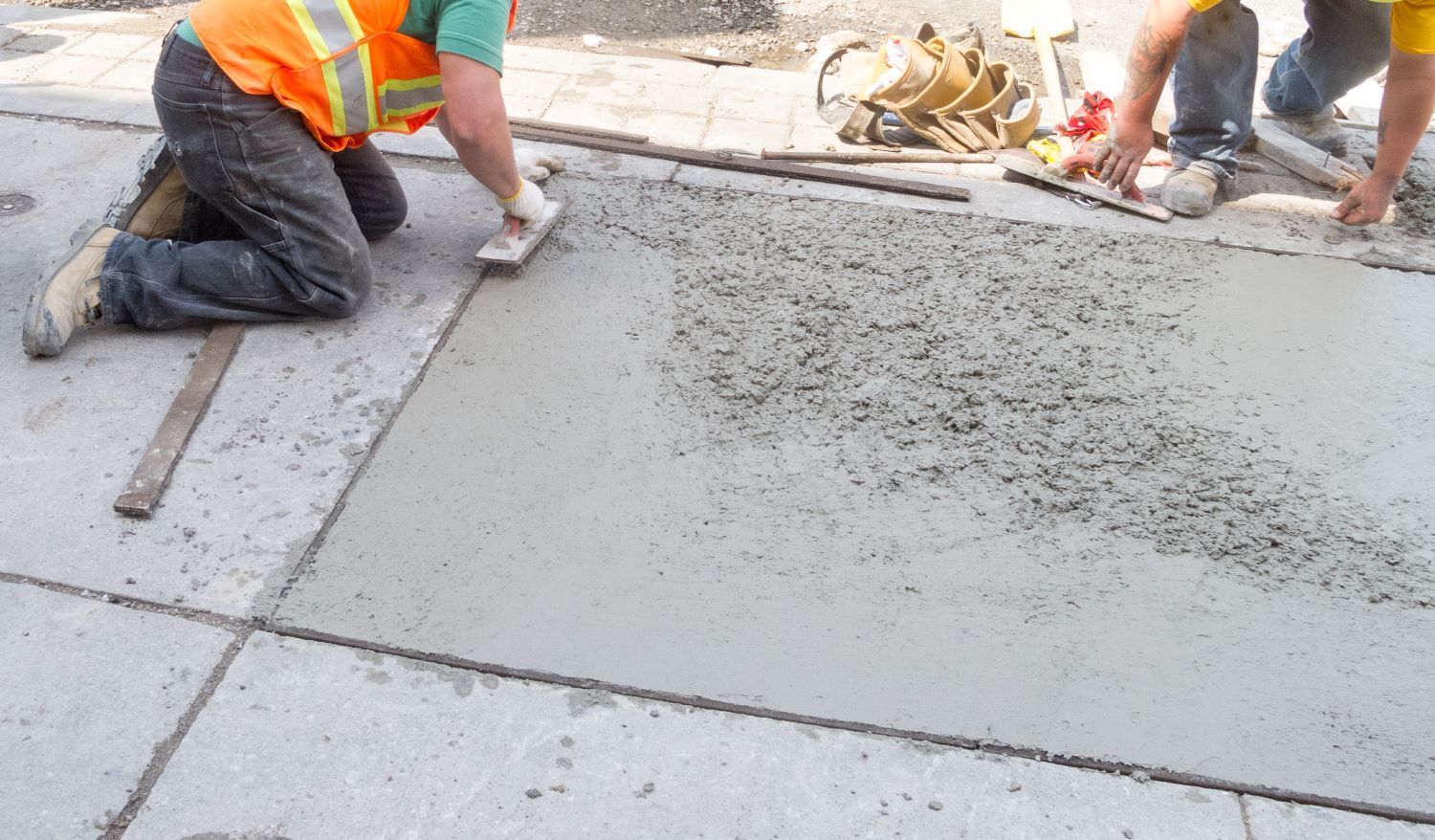
Concrete is a versatile and durable building material that serves as the foundation for countless construction projects. Whether you're planning a driveway, patio, or foundation for your home, understanding the different types of concrete can help you make informed decisions. In this guide, we'll explore the three primary types of concrete and their unique characteristics.
1. Normal Strength Concrete:
- Normal strength concrete, also known as conventional concrete, is the most commonly used type of concrete in construction projects.
- This type of concrete typically has a compressive strength ranging from 2,500 to 6,000 pounds per square inch (psi), making it suitable for a wide range of applications, including sidewalks, driveways, and residential foundations.
- Normal strength concrete consists of a mixture of Portland cement, water, aggregates (such as sand and gravel), and sometimes admixtures to enhance specific properties.
- It offers good workability and durability while providing adequate strength for most residential and light commercial projects.
2. High Strength Concrete:
- High strength concrete is engineered to achieve significantly higher compressive strengths than normal strength concrete, typically ranging from 6,000 to 14,000 psi.
- This type of concrete is often used in applications where exceptional strength is required, such as high-rise buildings, bridges, and infrastructure projects.
- High strength concrete is formulated with a lower water-to-cement ratio and carefully selected aggregates to optimize strength and durability.
- While high strength concrete offers superior performance in terms of load-bearing capacity and resistance to external forces, it may require specialized mixing and placement techniques.
3. Lightweight Concrete:
- Lightweight concrete is characterized by its lower density and reduced weight compared to normal strength concrete.
- This type of concrete is achieved by incorporating lightweight aggregates, such as expanded clay, shale, or slate, into the concrete mixture.
- Lightweight concrete offers benefits such as improved thermal insulation, reduced dead load on structures, and enhanced workability during placement.
- It is commonly used in applications where weight is a concern, such as upper-level floors, roof decks, and precast panels.
Choosing the Right Concrete for Your Project:
- When selecting the appropriate type of concrete for your project, consider factors such as the intended use, structural requirements, environmental conditions, and budget constraints.
- Consult with experienced concrete contractors, like Concrete Contractors St. Johns, who can provide expert guidance and recommendations based on your specific needs.
- By understanding the characteristics and advantages of each type of concrete, you can make informed decisions to ensure the success and longevity of your construction project.
In conclusion, the three primary types of concrete—normal strength, high strength, and lightweight—each offer unique properties and advantages depending on the requirements of your project. Whether you're building a residential driveway or a commercial skyscraper, selecting the right type of concrete is essential for achieving optimal performance and durability.
